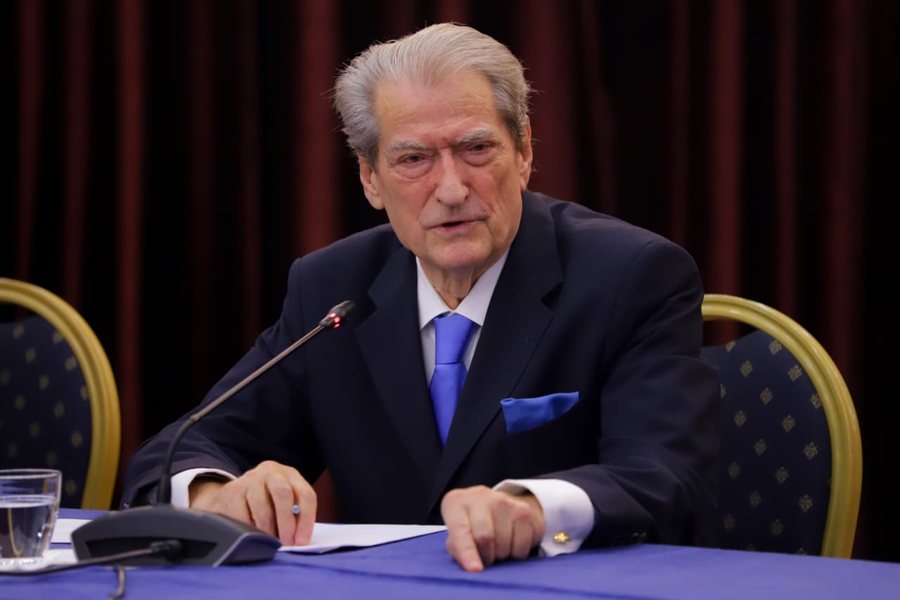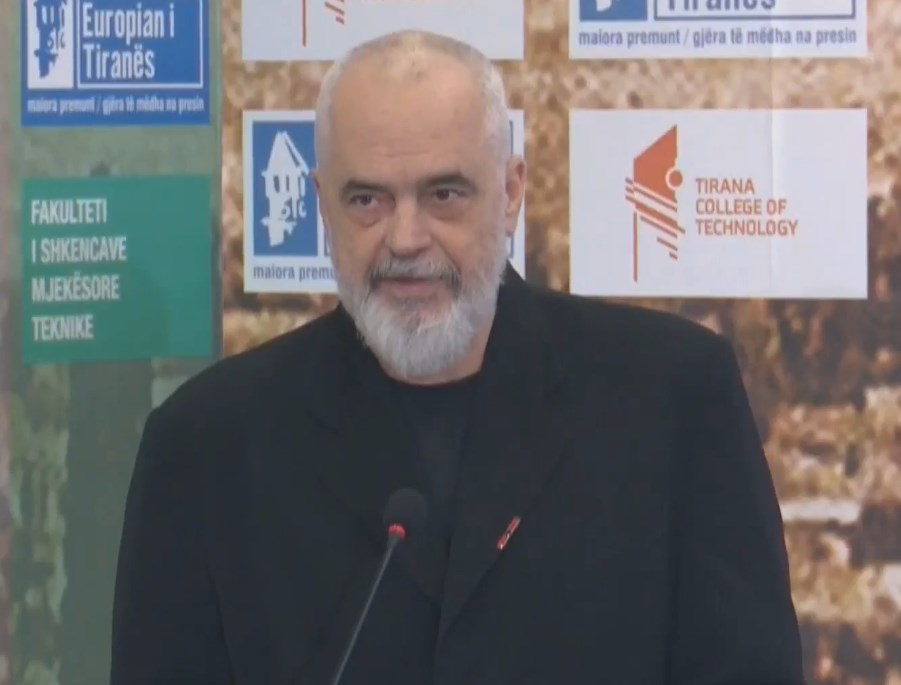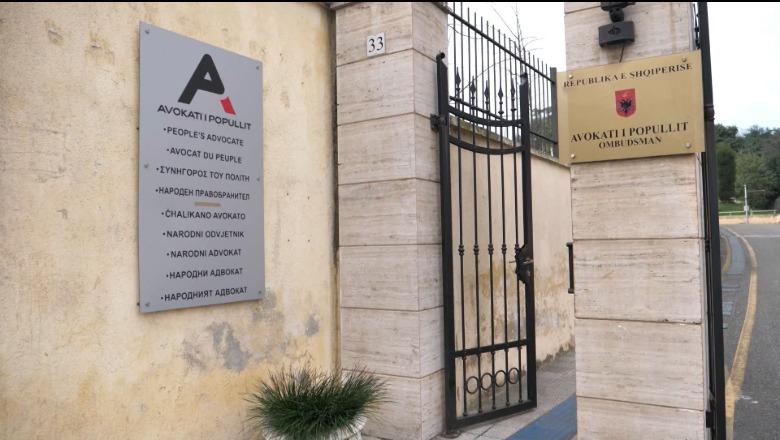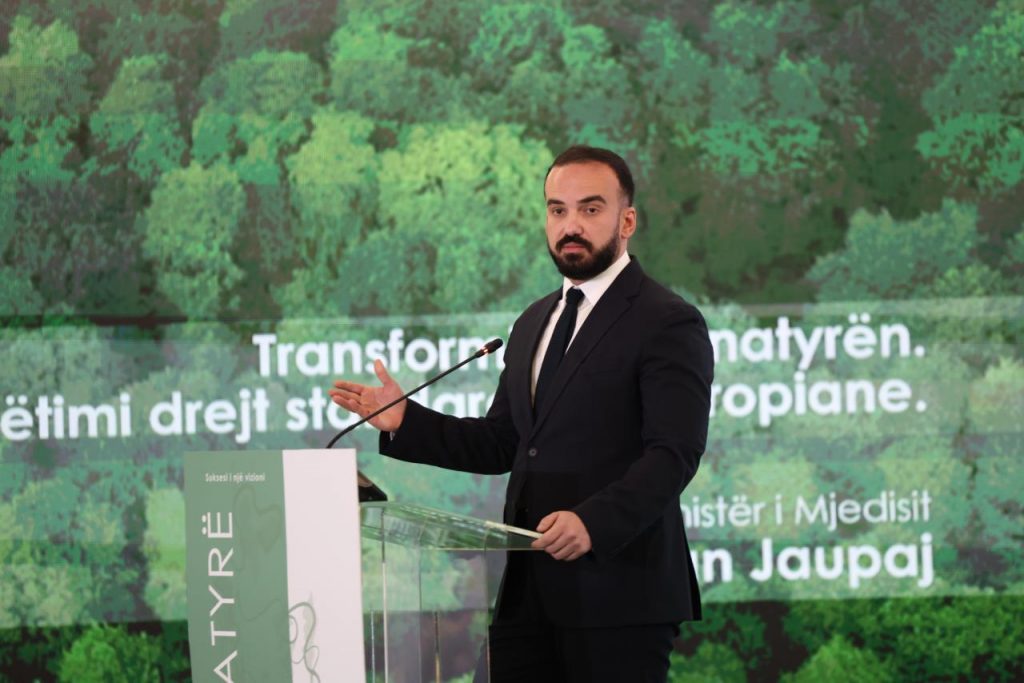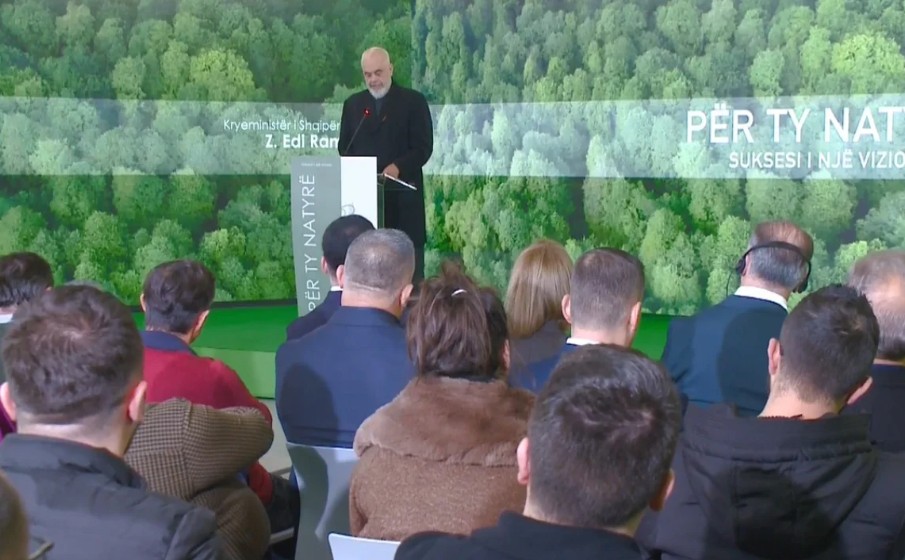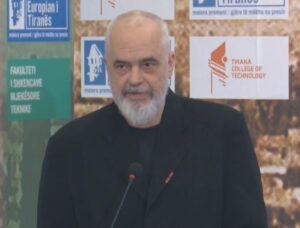Italian prosecutors order ferry back to Italy
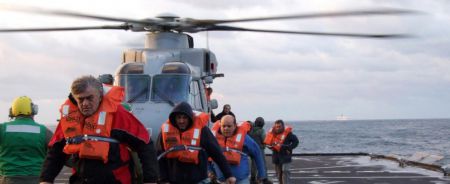
Italian authorities warned Tuesday that more bodies will likely be found when the blackened hulk of a Greek ferry is towed to Italy, as part of a criminal investigation into the fire that engulfed the ship at sea, killing at least 11 of the more than 400 people on board.
Survivors continued to reach shore two days after the accident, amid confusion over the number of missing due to huge discrepancies between the names on the manifest and those rescued.
The fire-tinged Norman Atlantic was adrift for a third day off the Albanian coast, where two sailors were killed earlier Tuesday when a tow line attempting to secure it to a tugboat apparently snapped, Albanian officials said.
The Italian coast guard said another body from the ferry was found Tuesday, bringing the death toll to 11. Three of the victims were Italian truck drivers who worked for the Naples-based Eurofish company and had gone to pick up eel shipments in Greece. The company was closed for the day in mourning.
More than 400 people were rescued from the ferry, most in daring, nighttime helicopter sorties that persisted despite high winds and seas, after a fire broke out before dawn Sunday on a car deck. Both Italian and Greek authorities have announced criminal investigations into the cause of the blaze.
Italian prosecutors secured jurisdiction over the case from Albanian judicial authorities, citing the ship's Italian owner and Italian captain.
Bari prosecutor Giuseppe Volpe, who ordered the ferry back to the Italian port of Brindisi, said it was likely that other bodies will be found in the cargo areas of the ferry once searched, given that there was "incontrovertible" evidence that migrants were stowed away onboard.
"Our fear is that unfortunately once the wreck is recovered, we'll find other dead people on board," he said.
A man (C) and his daughter (2nd L), both rescued from the Norman Atlantic ferry, disembark from a Gr …
Bari is a key port on the Adriatic coast and is where the judicial investigation will be based because the ferry is from there. The search for possible missing people continued in the seas off Albania amid ongoing confusion over how many passengers were on board. The ferry company said there were 475, but Volpe said there were at least 18 "overbookings" and an untold number of stowaways.
Greek authorities said the ship had a capacity of 499 passengers. Greek coast guard spokesman Nikos Lagadianos said all information on rescued passengers was coming from Italian authorities, who were in charge of the search and rescue operation.
"It's not easy to answer accurately how many people have been saved, and what nationalities. All that will take time," he said. "We fully understand the anxiety of the relatives, but this requires great care." Greek maritime officials, meanwhile, revealed that the first word about the problems on board the ship came from a passenger, not the crew, calling an emergency number.
"We are aboard the Norman Atlantic of Anek lines heading for Ancona and it is on fire," the passenger said in the call, a recording of which was played out during a news conference. "My name is Argyris Stavros, the ship is on fire and they don't know what to do. … I don't know what time it is, what time is it? It's 5:40."
Italian ferry passenger recounts fear on boatPlay videoItalian ferry passenger recounts fear on boat
Officials said that once the alarm had been raised, there were also language problems in communicating with the ferry's Italian captain. "The Italian captain couldn't give us information. We always had to talk to somebody beside him," said Rear Adm. Nikolaos Patrinos, head of the coast guard's security operations. "In such circumstances, time is money and we didn't have time to spare." As night fell and under snowfall, the Italian navy transport ship San Giorgio docked in Brindisi with about 180-200 survivors aboard. The ship had been the main command center coordinating the search and rescue operation, but it also took aboard nearly half of the passengers and crew members who were rescued. Earlier, two injured survivors were airlifted by helicopter to land for treatment.
Dr. Domenico Spada, who was among the rescued on the San Giorgio, said the first evacuee was a Turkish man aged 55 to 60 who was unable to walk. The second man, whose nationality is unknown, was suffering from 20 percent burns on his body. On board, the survivors slept in neat rows on the floor, covered with blue blankets, according to images shown on state-run RAI television.
Italian judicial authorities have enlisted the Italian tug company, Barretta, to take charge of bringing the ferry to Brindisi. No timeframe was given, but Barretta said it could arrive within a day.
Besides Barretta, the ship owner's insurance company has contracted the Dutch salvage firm Smit to secure the wreck. Smit spokesman Martijn Schuttevaer said one line was connected by early Tuesday and that the priority was to get a heavier tow line connection, aided by the arrival of larger tugs. It wasn't clear if that was the operation underway when the Albanian sailors were struck. But Volpe cautioned that only Barretta was legally responsible for bringing the ferry to Italy. Schuttevaer noted that "prosecutors are not going to pick up the bill for the salvage," and that the ship owner's insurance company would.
A ship carrying 39 survivors was diverted from the southern Italian port of Manfredonia to Taranto because of poor weather, adding another 12 hours or more to their journey to dry land. The survivors include five children and three people who are injured.
___
Colleen Barry reported from Milan and Llazar Semini from Tirana, Albania. Nicole Winfield in Rome, Nicholas Paphitis, Elena Becatoros and Derek Gatopoulos in Athens, Greece, contributed to this report.
 KOHA JONË SONDAZH
KOHA JONË SONDAZH










